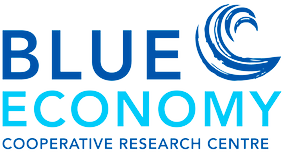Use of Image Recognition Technology in Aquaculture

Kylie Pitt from Griffith University is leading the latest RP4, Environment and Ecosystems project on the ‘Use of image recognition technology to mitigate impacts of marine wildlife on aquaculture’.
The project brings together expertise from partners, Griffith University, Huon Aquaculture, Tassal Group and The University College Cork.
As aquaculture continues to expand and move offshore, interactions between aquaculture and marine wildlife will continue to increase. New methods, therefore, are needed to manage interactions between aquaculture and problematic marine species.
As Scoping Study leader Kylie Pitt states,
“Jellyfish cost the global finfish aquaculture industry 10s to 100s of millions of dollars annually. New methods are needed to detect, monitor and mitigate the effects of jellyfish.”
“Our project unites an international team of researchers with leading Tasmanian salmon producers to review the use of novel methods, including image recognition approaches, to mitigate the costly impacts of jellyfish on finfish aquaculture.”
The objectives of the Scoping Study include a review of the ways in which jellyfish, (costing industry $100s of millions globally), impact finfish aquaculture and the potential to develop an early warning system for jellyfish using image-recognition technology.
To find out more about this Project visit the Scoping Study project page.
Image courtesy of Kylie Pitt, Griffith University.






